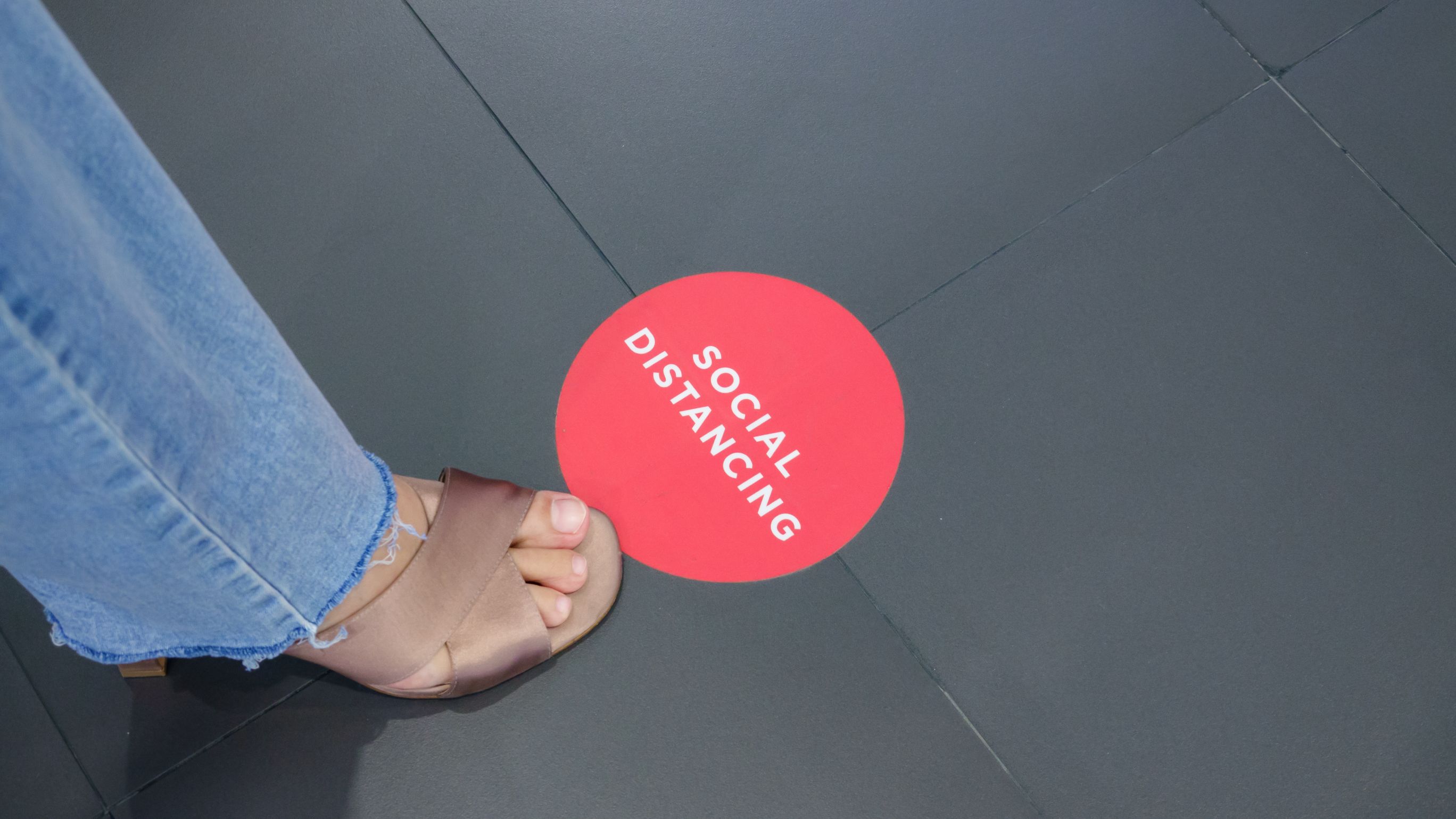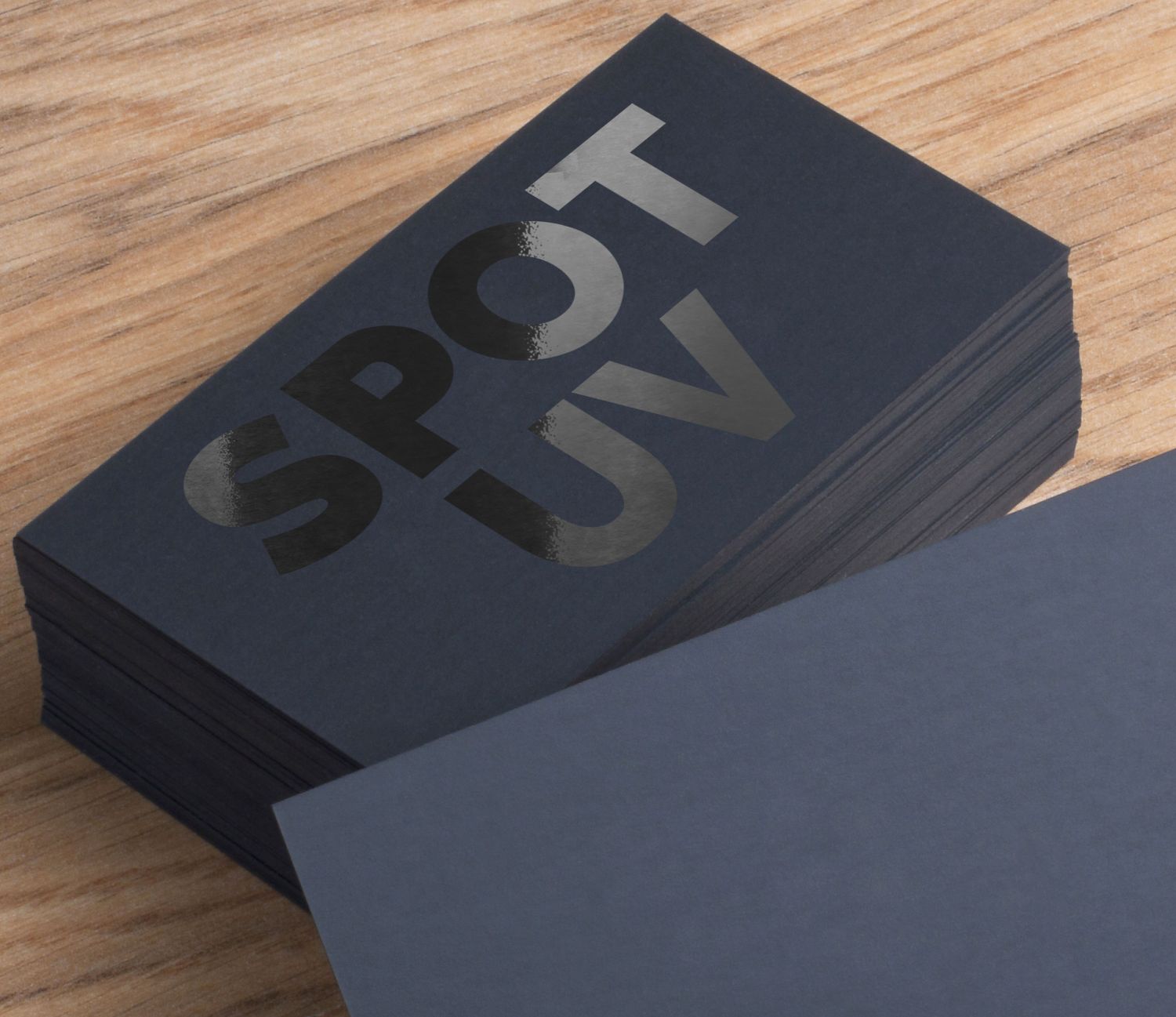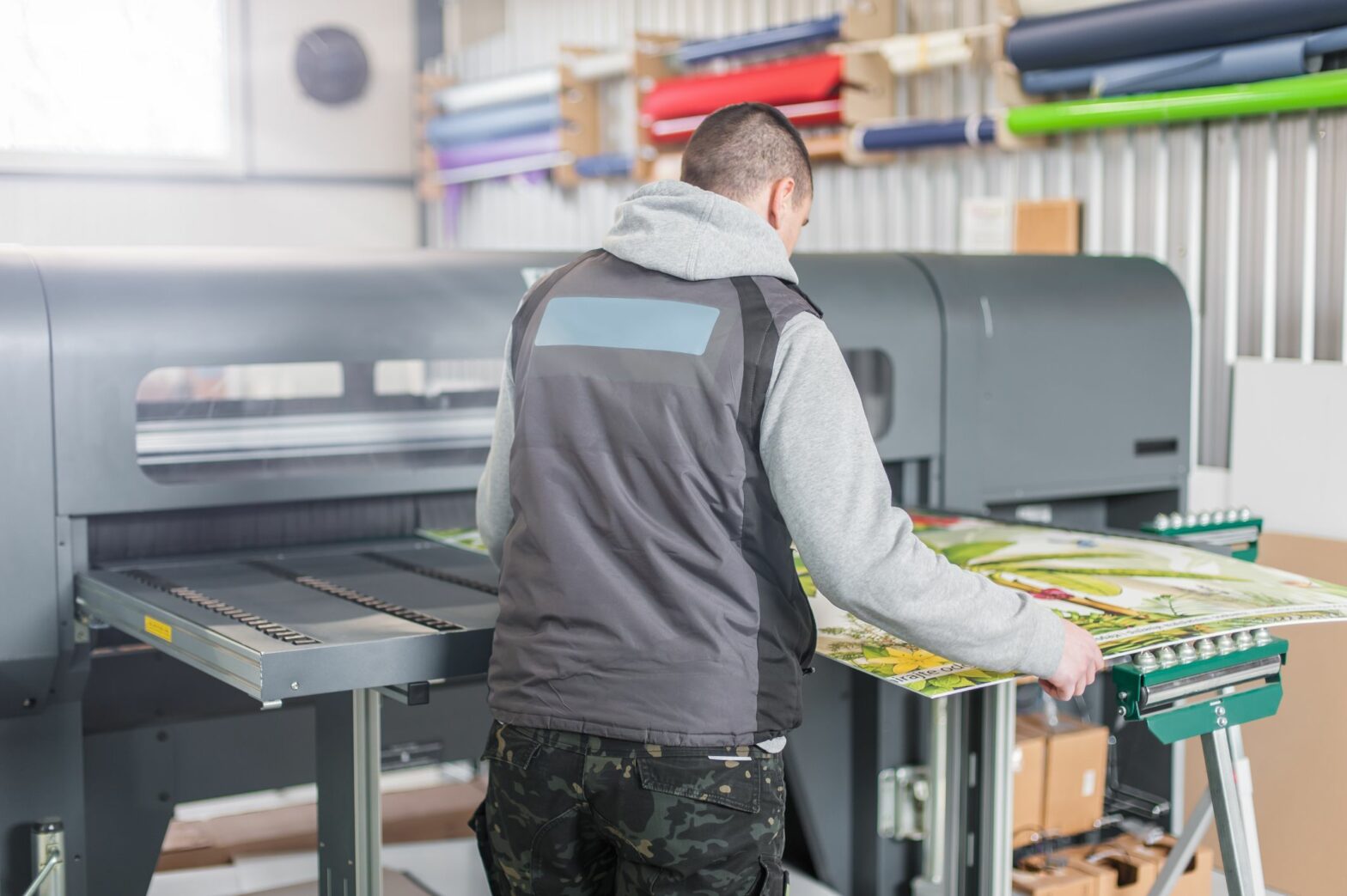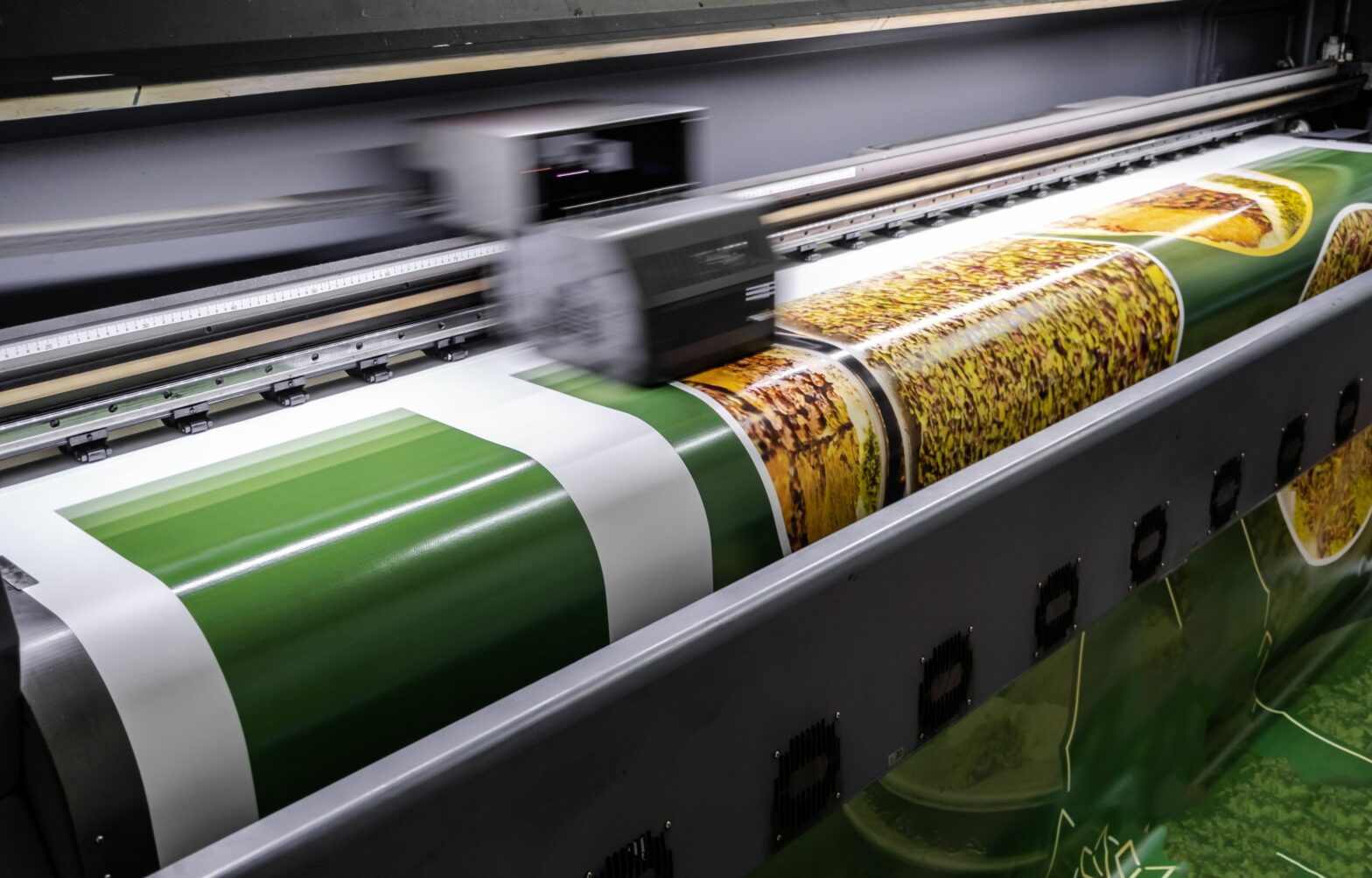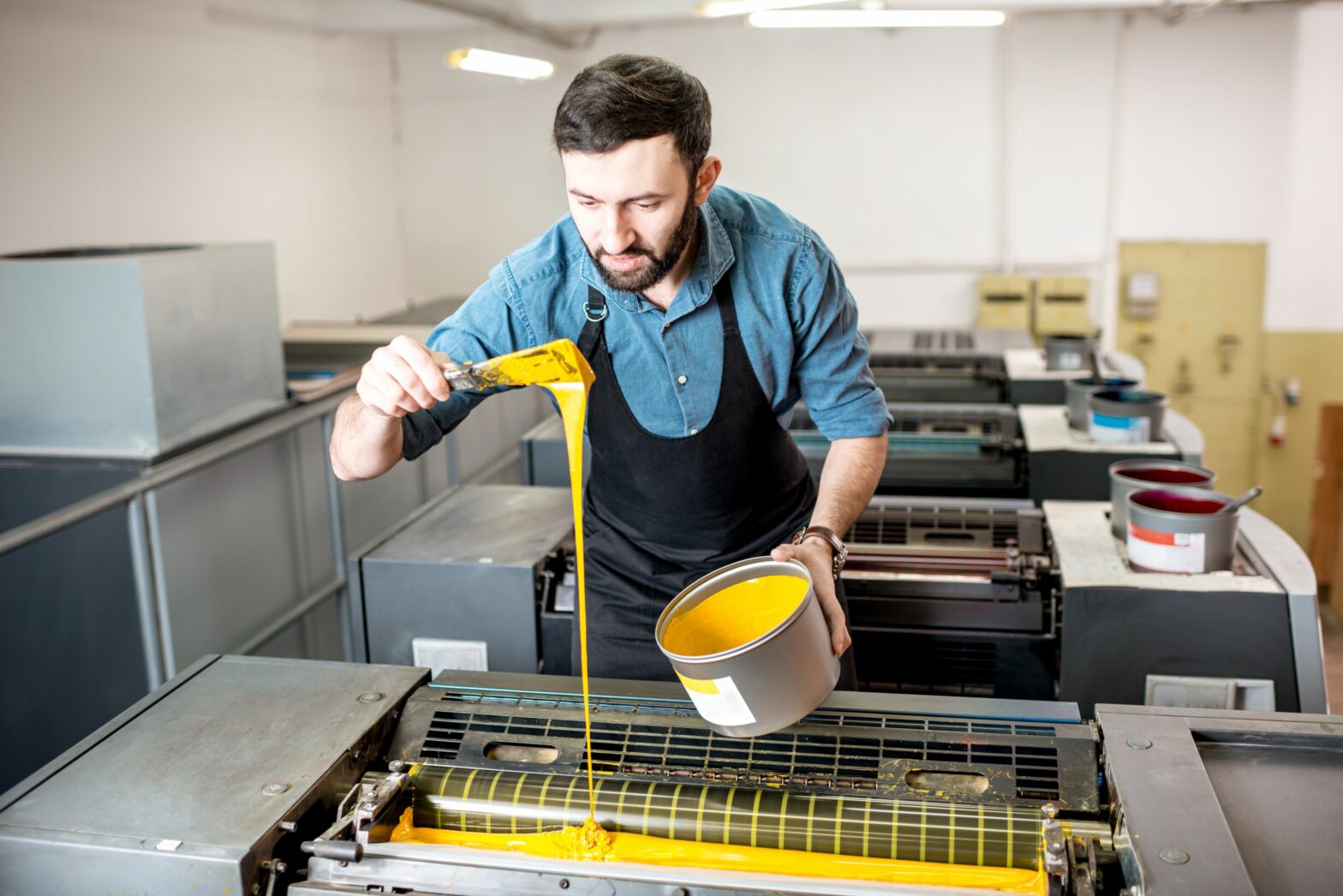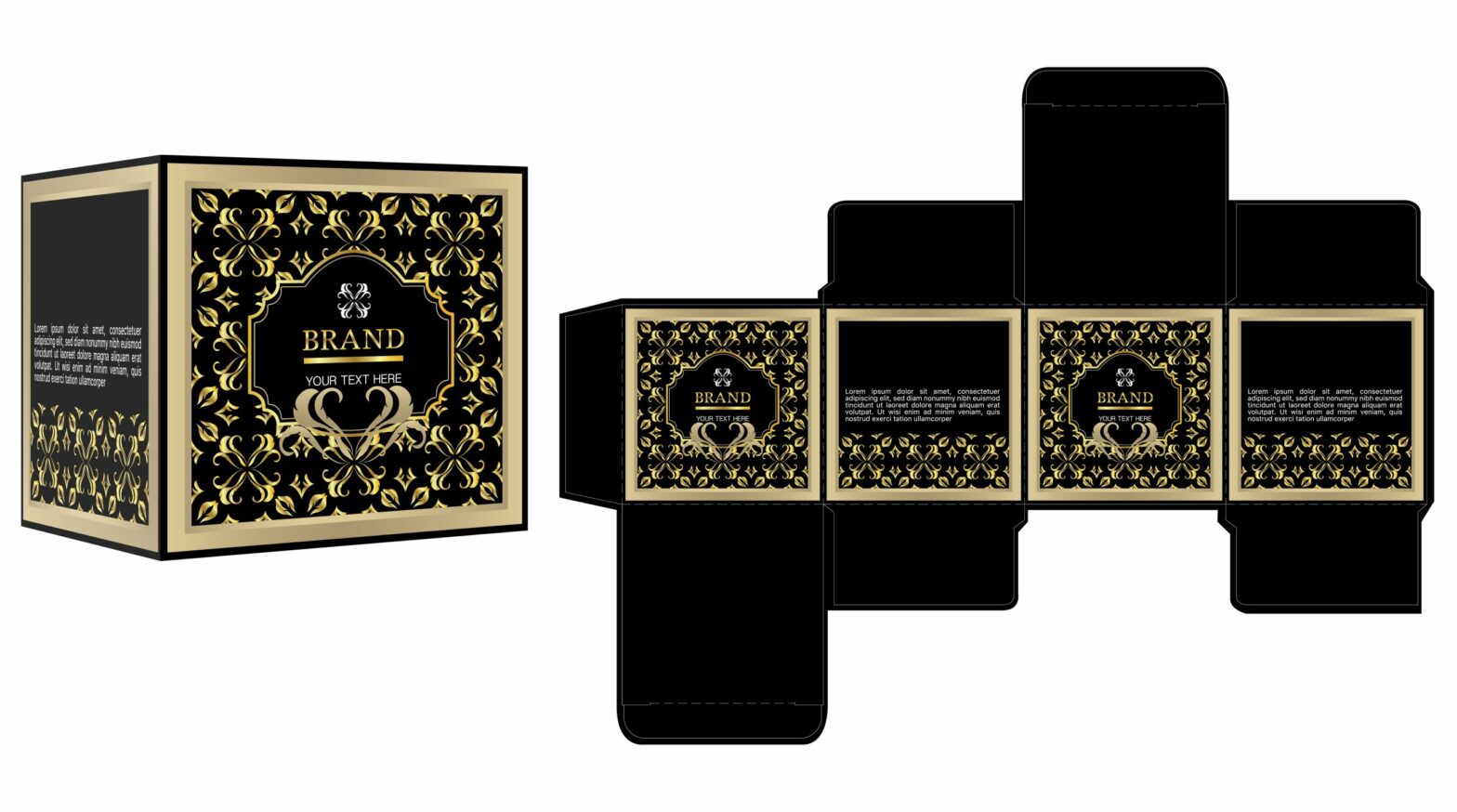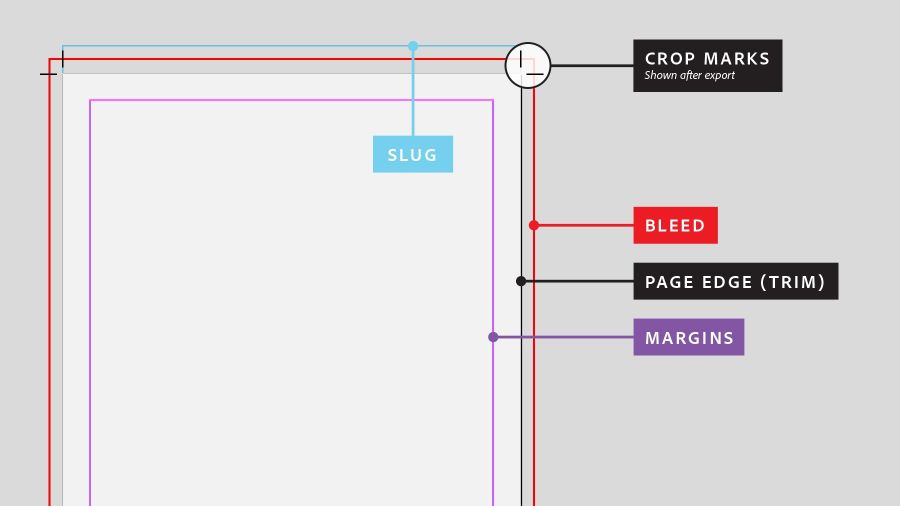Author: admin_cp
Embracing Efficiency and Creativity: Digital Printing Labels and Stickers
Introduction: In the world of labels and stickers, digital printing has revolutionized the way we create and produce these essential items. With advancements in technology, digital printing offers unparalleled flexibility, customization, and speed, making it a popular choice for businesses, creative projects, and personal use. In this blog, we will explore the benefits and possibilities… Continue reading Embracing Efficiency and Creativity: Digital Printing Labels and Stickers
Enhancing Print Materials with Spot UV: A Creative Touch
Introduction: In the world of printing, Spot UV (Ultra Violet) is a technique that adds a touch of elegance and sophistication to printed materials. This unique finishing method involves applying a glossy, raised coating to specific areas of a design, creating a striking contrast between matte and shiny surfaces. In this blog, we will explore… Continue reading Enhancing Print Materials with Spot UV: A Creative Touch
The Art of Large Format Printing: Making a Big Impression
Introduction: In the world of visual communication, size matters. When you need to grab attention, convey a message with impact, or simply create stunning visuals, large format printing is the go-to solution. From eye-catching banners and posters to vibrant wall murals and vehicle wraps, large format printing offers unparalleled possibilities for businesses, artists, marketers, and… Continue reading The Art of Large Format Printing: Making a Big Impression
Understanding the Difference Between Encapsulating Laminating and Laminating
Introduction: When it comes to protecting and preserving important documents, laminating is a popular choice. However, there are different techniques available, including encapsulating laminating and traditional laminating. Understanding the difference between these two methods is essential in choosing the right option for your specific needs. In this blog post, we will explore and compare encapsulating… Continue reading Understanding the Difference Between Encapsulating Laminating and Laminating
Digital Printing vs. Offset Printing: Choosing the Right Option for Your Needs
Introduction: In today’s fast-paced world, printing plays a crucial role in marketing and communication. Whether you’re a business owner, a marketer, or an individual looking to print materials, you’ll likely come across two primary printing methods: digital printing and offset printing. Understanding the differences and benefits of each can help you make an informed decision… Continue reading Digital Printing vs. Offset Printing: Choosing the Right Option for Your Needs
The Art of Die Cutting Print: Adding Precision and Creativity to Your Designs
Introduction: In the realm of print design and paper crafts, die cutting is a technique that stands out for its precision, versatility, and ability to bring a touch of uniqueness to any project. Whether you’re designing business cards, invitations, packaging, or any other printed material, die cutting allows you to create intricate shapes, patterns, and… Continue reading The Art of Die Cutting Print: Adding Precision and Creativity to Your Designs
Understanding Bleed and Crop Marks for Printing: A Comprehensive Guide
Introduction: When it comes to professional printing, ensuring that your designs are perfectly aligned and well-executed is crucial. Two essential elements that play a vital role in achieving impeccable printed materials are bleed and crop marks. In this blog, we’ll delve into the concept of bleed and crop marks, their significance in the printing process,… Continue reading Understanding Bleed and Crop Marks for Printing: A Comprehensive Guide
Introduction:
When it comes to professional printing, ensuring that your designs are perfectly aligned and well-executed is crucial. Two essential elements that play a vital role in achieving impeccable printed materials are bleed and crop marks. In this blog, we’ll delve into the concept of bleed and crop marks, their significance in the printing process, and how to use them effectively to enhance the quality of your prints.
What is Bleed?
Bleed refers to the area of a design that extends beyond the final trim size. When a design contains elements such as images, background colors, or patterns that extend to the edge of the paper, bleed ensures that there are no white margins or unwanted borders after trimming. It provides a safety margin, compensating for minor misalignments during the printing and trimming process.
Why is Bleed Important?
Achieving Professional Results: Bleed ensures that your printed materials appear professional and polished. It prevents any unintended white space or borders around the edges of your design, creating a seamless appearance.
Avoiding Misalignment: During the trimming process, minor variations may occur. Bleed allows for these discrepancies by providing extra space beyond the final trim size. This ensures that important design elements are not accidentally trimmed off.
Flexibility in Layout: Incorporating bleed in your designs gives you more freedom to experiment with different layouts and graphic elements. It allows you to extend the design to the edge of the page, creating visually appealing and engaging printed materials.
What are Crop Marks?
Crop marks, also known as trim marks or registration marks, are lines placed on the corners of a design to indicate where the printed piece should be trimmed. They act as guides for the printer and the person responsible for trimming, ensuring accuracy in the final product.
The primary purpose of crop marks is to indicate the precise area where the design should be trimmed, including both the bleed area and the final trim size. These marks help avoid any confusion during the cutting process and ensure that the final printed material matches the intended dimensions.
How to Use Bleed and Crop Marks:
Setting Up Bleed: Before starting your design, determine the required bleed specifications provided by your printing service provider. Typically, a bleed of 0.125 to 0.25 inches (3-6 mm) is recommended. Extend the background, images, or patterns beyond the trim size, making sure they reach the bleed area.
Adding Crop Marks: Once your design is complete, it’s time to add crop marks. In professional design software like Adobe InDesign or Illustrator, you can easily generate crop marks automatically. Alternatively, you can manually create them by drawing short lines (usually 0.125 inches or 3 mm long) perpendicular to the edges of the design, at each corner of the trim area.
Exporting the File: When exporting your design for printing, ensure that you include both the bleed area and crop marks. Save the file in a print-ready format such as PDF, making sure that the crop marks are visible but not interfering with the overall design.
Conclusion:
Understanding the significance of bleed and crop marks is essential for producing high-quality printed materials. Bleed allows your designs to extend beyond the trim size, ensuring a professional and seamless appearance, while crop marks act as guides for accurate trimming. By incorporating bleed and crop marks correctly, you can enhance the overall visual impact of your printed materials and ensure that your designs are executed precisely as intended. So, next time you’re preparing a design for print, remember to embrace bleed and crop marks to achieve outstanding results.



